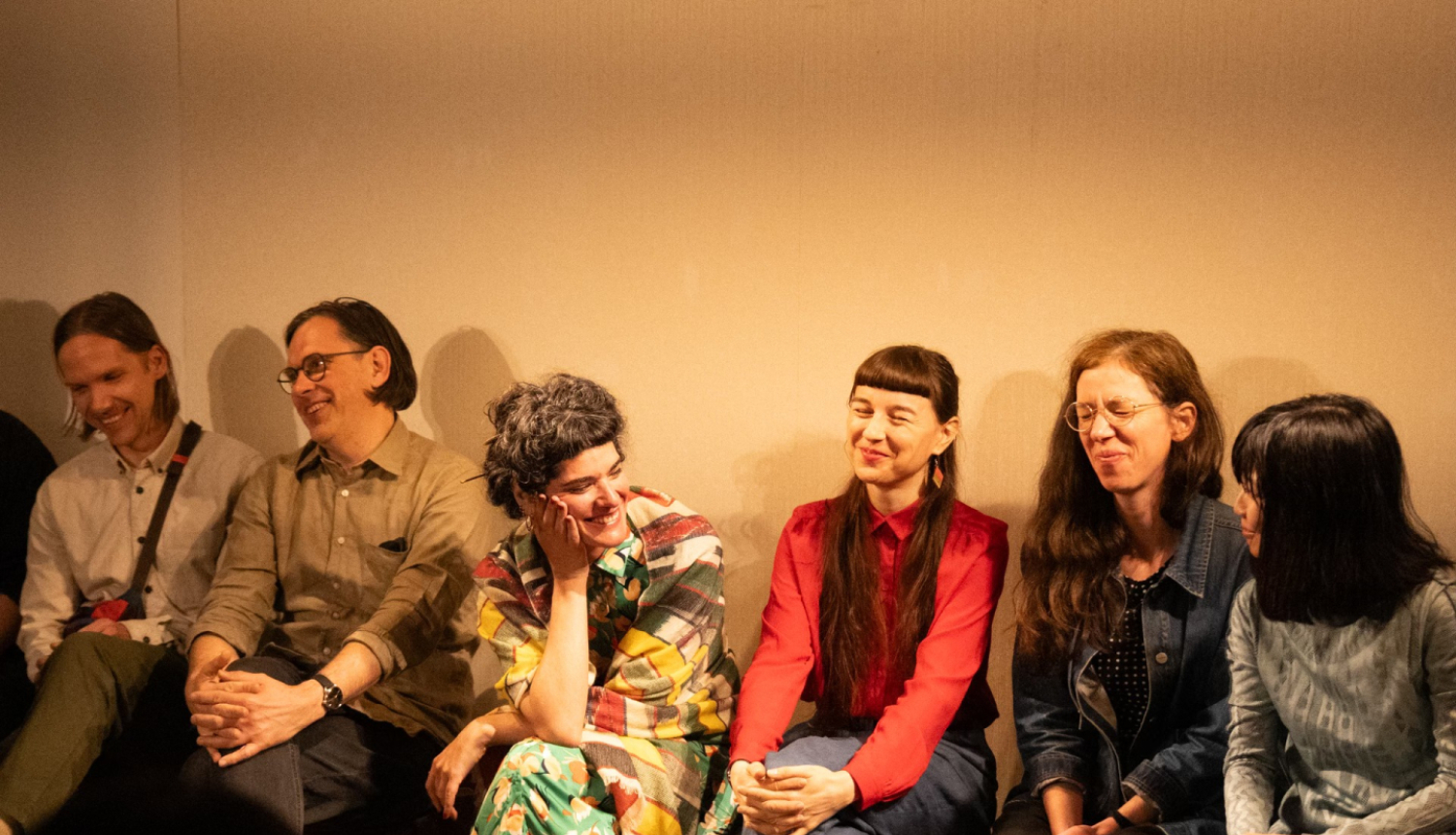The international EXPO 2025 Osaka European-Japanese Animation Residency (Osaka EXPO EU-Japan Animation Residency) has come to an end, with Latvia represented by animator and director Edmunds Jansons, founder of the animation studio Atom Art. This six-month program was part of the world's largest exhibition, EXPO 2025 Osaka, bringing together ten animators from Europe and Japan to jointly explore the interaction between tradition and innovation in animation.
The residency began in April this year and took place in three stages: in-person workshops and masterclasses in Japan, presentations at the Annecy International Animation Festival in France, and final online sessions from May to October. The program was implemented by the European External Action Service (EEAS), the European Union's Cultural Relations Platform, in cooperation with the Tokyo Art and Experimental Film Center "Image Forum Tokyo" and the Kyoto City Government.
Creative challenge and cultural dialogue
"The residency program was an experimental project that took place for the first time – to participate, you had to pass a selection process and competition. As a result, five authors from Japan and five from Europe were accepted into the program with the opportunity to realize a joint project. Animators are introverts by nature, and filmmaking can be a long and lonely process, so meeting colleagues is always inspiring and important," animator Edmunds Jansons shares his experience.
During their residency, the animators became acquainted with traditional Japanese art forms, from Bunraku puppet theater to Shomyo chanting, and sought ways to integrate them into the language of contemporary animation.
"In Japan, I clearly saw the differences between Western and Eastern cultures in their attitudes toward the creative process and thinking about it. In the West, we often focus on the result and a specific goal, while in Japan, the process itself is much more important. For example, there is a strict hierarchy in Bunraku theater—one puppet is controlled by three people: one controls the legs, another the arms, and a third the head. An apprentice starts by controlling the legs and only after several years is allowed to control the arms. This kind of reverence and patience makes you look at the hustle and bustle of today's world in a different light," says Jansons.
Latvian animator's original work "Bungu skola" – a story about intergenerational learning
During his residency, Jansons worked on the short film "Drum School," which symbolically depicts the transfer of experience between generations through the relationship between a teacher and his apprentice. The animation was created on a special canvas, drawing with water—a technique that allows movement and its disappearance to be reflected.
"In this film, I wanted to show how the young imitate the old until they themselves become teachers. Drawing with water, where the lines evaporate, creates a feeling that time and experience also fade away, but leave an imprint," explains the artist.
Japanese taiko drummer Yayoi Miyuki participated in the film's sound recording, giving the project an authentic Japanese rhythm.
International collaboration resulted in a joint work
In addition to their individual projects, the residency participants also created a joint animation work, in which each author created their own fragment, forming a unified visual story. The works reveal both the individual styles of the animators and their shared view of the interaction between tradition and the future in the art of animation.
The Latvian animator admits: "The team was very strong – both in terms of generations and interests. Every week there were presentations, exchanges of ideas, and discussions. It was inspiring to see how differently authors view traditions, cultural history, and mythology."
Latvian animation in Japanese cinemas
The animation residency was part of a broader European Union cultural program that highlights European and Japanese creative collaboration within the framework of EXPO. At the same time as the residency in Japan, EU Film Days took place – an annual event whose program this year was dedicated to a selection of European animated films.
During EXPO, specially selected animated films from European Union member states were screened in cinemas in various Japanese cities. Latvia's program was complemented by two animations: the last work by Roze Stiebras, the founder of Latvian animation, Rule of the Heart, and Freeride in C by Edmunds Jansons, Latvia's representative in the animation residency. The aim of the film days was to introduce Japanese audiences to the diversity of European animation and auteur cinema traditions, while promoting cultural exchange between Europe and Japan.
Photo: Latvian director among ten European and Japanese artists at the EXPO Osaka 2025 animation residency
About EXPO 2025 Osaka:
EXPO 2025 Osaka is the world's most important exhibition for promoting national image and export capabilities, addressing not only economic issues but also social issues of global significance. The exhibition will feature 159 countries and 7 international organizations, and is expected to attract more than 28 million visitors from around the world. The exhibition is a place where you can view exhibitions representing countries and regions, as well as combine global knowledge and ideas to create new technologies and innovations to solve global problems. The main theme of the exhibition is "Designing Future Society for Our Lives," while the sub-theme of the Baltic pavilion is "Saving Lives," which focuses on improving quality of life with the help of the latest technologies, while observing high environmental standards. In order to achieve the goals of promoting both the country's image and export capacity, in addition to Latvia's participation in Expo 2025 Osaka, an extensive business program is being organized, offering Latvian companies the opportunity to participate in industry exhibitions, events, and trade missions in Japan.




